Home>Articles>Which Cookware Material Reflects Microwaves And Keeps Food From Cooking In A Microwave Oven
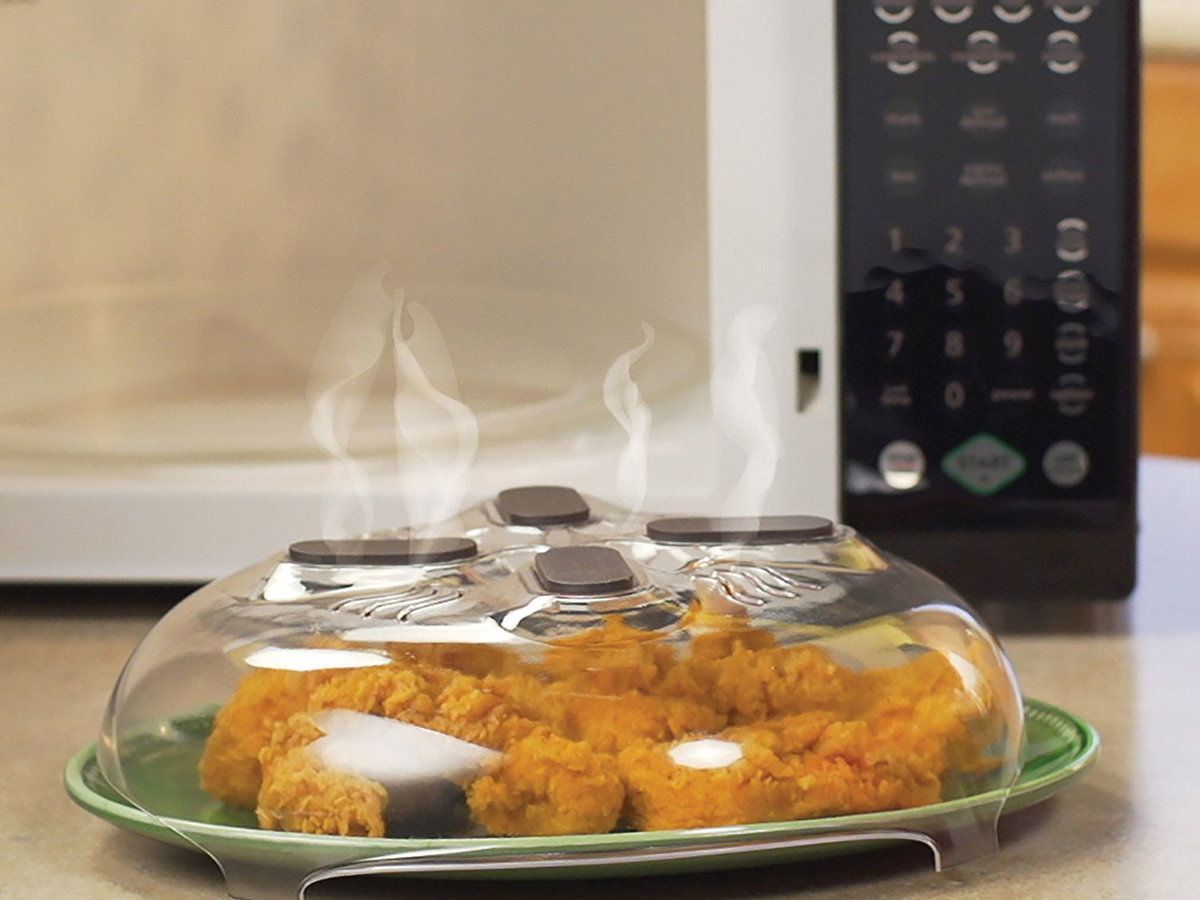

Articles
Which Cookware Material Reflects Microwaves And Keeps Food From Cooking In A Microwave Oven
Modified: February 29, 2024
Discover the best cookware materials that reflect microwaves and prevent food from cooking in a microwave oven. Read our informative articles for expert tips and recommendations.
(Many of the links in this article redirect to a specific reviewed product. Your purchase of these products through affiliate links helps to generate commission for Storables.com, at no extra cost. Learn more)
Introduction
When it comes to microwave oven cooking, there is often a concern about which cookware materials are safe and effective to use. The interaction between microwaves and cookware can have a significant impact on the cooking process, and it’s important to understand how different materials reflect and absorb microwaves.
Microwaves, as the name suggests, are a type of electromagnetic radiation that rapidly heats food by exciting the water molecules within it. Unlike conventional ovens that heat food from the outside in, microwave ovens work by generating microwaves that penetrate the food and heat it from within.
While microwaves easily pass through glass, paper, and plastic, they can be reflected or absorbed by certain materials, depending on their composition. This has led to concerns about using certain types of cookware in microwave ovens, as improper materials can cause the cookware to become too hot or even catch fire.
Understanding which cookware materials are compatible with microwave cooking is essential for food safety and optimal cooking results. In this article, we will explore the reflective properties of different cookware materials and discuss their effectiveness in preventing food from cooking in the microwave. Additionally, we will touch on other factors to consider when using cookware in a microwave oven.
So, if you’re looking for answers about which cookware material reflects microwaves and keeps food from cooking in a microwave oven, read on to discover the essential information you need to know.
Key Takeaways:
- Choose microwave-safe cookware materials like glass, ceramic, and labeled plastic to ensure safe and efficient cooking. Avoid metal and metallic-coated cookware to prevent potential hazards and damage to the microwave.
- Consider factors like sizing, covering, stirring, and power levels in addition to cookware material for optimal microwave cooking results. Prioritize safety, even heat distribution, and delicious meals.
Basics of Microwaves
Before delving into the interaction between microwaves and cookware, let’s first understand the basics of microwaves. Microwaves, also known as microwaves or microwave radiation, are a form of electromagnetic radiation with wavelengths ranging from one millimeter to one meter.
Microwaves are generated by a magnetron located inside the microwave oven. When the oven is turned on, the magnetron produces microwaves, which are then directed into the cooking chamber. These microwaves travel at the speed of light, vibrating at a frequency of around 2.45 gigahertz (GHz).
The unique characteristic of microwaves is their ability to selectively heat water molecules within food. When microwaves interact with water molecules, they cause them to vibrate rapidly, generating heat in the process. This heat then spreads throughout the food, cooking it from the inside out.
It’s important to note that microwaves do not directly heat the air or the container in which the food is placed. Instead, they penetrate the food and specifically heat the moisture content, making microwave cooking faster and more energy-efficient than traditional methods.
Another key feature of microwaves is their interaction with different materials, including cookware. While microwaves easily pass through some materials, they can be reflected or absorbed by others, depending on their composition.
Now that we have a basic understanding of microwaves, let’s explore how they interact with cookware and the various materials used in microwave cooking.
How Microwaves Interact with Cookware
When microwaves come into contact with cookware, they can be reflected, absorbed, or transmitted through the material. The interaction between microwaves and cookware depends on the composition and structure of the material.
For materials that are transparent to microwaves, such as glass and most ceramics, the microwaves pass through the material without any significant interaction or heating. This is why glass and ceramic dishes are commonly used in microwave cooking, as they allow the microwaves to penetrate and heat the food without affecting the cookware itself.
Materials that are highly reflective to microwaves, like aluminum foil, reflect the microwaves away from the food and prevent it from heating properly. It’s important to never use aluminum foil in a microwave oven, as it can cause a fire hazard by reflecting microwaves back to the magnetron.
On the other hand, materials that are highly absorbent to microwaves, like metals, can cause the microwaves to be absorbed and convert into heat. This can lead to excessive heating of the cookware, potentially causing damage or even fire. It’s crucial to avoid using cookware made of metal or containing metal accents in the microwave unless explicitly stated that it’s microwave-safe.
There are also some materials, such as certain types of plastics, that are partially absorbent and partially reflective to microwaves. These materials may partially heat up and can become hot to touch, which can be risky when handling them after microwaving. Always check the microwave-safe label on plastic containers and avoid using those that are not explicitly labeled as such.
When choosing cookware for microwave oven use, it’s essential to consider the material’s interaction with microwaves. Opt for materials that are transparent to microwaves, like glass and ceramic, for safe and efficient cooking.
Now that we understand how microwaves interact with different cookware materials, let’s explore the reflective properties of common cookware materials and how they affect microwave cooking.
Cookware Materials and Microwaves
When it comes to choosing cookware for microwave cooking, it’s important to consider the material of the cookware and its interaction with microwaves. Different cookware materials have different reflective properties, which can affect the cooking process and the safety of using the cookware in a microwave oven.
Here are some common cookware materials and their interaction with microwaves:
- Glass: Glass is one of the most microwave-friendly materials. It is transparent to microwaves, allowing them to penetrate and heat the food effectively. Glass cookware, such as glass baking dishes and microwave-safe glass containers, are common choices for microwave cooking.
- Ceramic: Ceramic cookware is also transparent to microwaves, making it safe and suitable for microwave cooking. However, it’s important to ensure that the ceramic cookware is labeled as microwave-safe, as some ceramics may contain metallic elements or glazes that can cause sparking or overheating in the microwave.
- Plastic: Plastics can be tricky when it comes to microwave cooking. While some microwave-safe plastics are designed to withstand the heat generated by microwaves, others may melt or release harmful chemicals when exposed to high temperatures. Always check for the microwave-safe label and use plastic containers specifically designed for microwave use.
- Paper: Plain white paper towels, wax paper, and parchment paper are generally safe to use in the microwave. They allow microwaves to pass through without causing significant heating. However, it’s important to note that paper products with metallic coatings, such as some paper plates or certain take-out containers, should never be used in the microwave as they can cause sparks or fires.
- Metal: Metal cookware or any cookware with metal accents, such as aluminum foil, should never be used in a microwave oven. Metal reflects microwaves and can cause them to be redirected back to the magnetron, resulting in potential damage or fire hazards. It’s essential to avoid using any metal or metallic-coated cookware in the microwave.
Always be sure to read and follow the manufacturer’s instructions and any specific warnings on your cookware regarding microwave use. Using the right cookware materials is crucial for safe and effective microwave cooking.
Next, let’s explore the reflective properties of different cookware materials and their effectiveness in preventing food from cooking in the microwave.
When using a microwave oven, avoid using cookware made of metal or materials with metallic accents, as they can reflect microwaves and prevent even cooking. Instead, opt for microwave-safe glass, ceramic, or certain types of plastic containers.
Reflective Properties of Different Cookware Materials
When it comes to microwave cooking, the reflective properties of different cookware materials play a crucial role in how food is heated. Understanding these reflective properties can help us choose cookware that ensures safe and efficient cooking in the microwave.
Here are some common cookware materials and their reflective properties:
- Glass: Glass is a non-metallic material and is transparent to microwaves. It allows the microwaves to pass through, heating the food without interfering with the cooking process.
- Ceramic: Like glass, ceramic is also transparent to microwaves, making it an excellent choice for microwave cooking. However, it’s important to check that the ceramic cookware is labeled as microwave-safe, as some glazes or metallic elements may cause sparking or overheating in the microwave.
- Plastic: The reflective properties of plastic cookware can vary depending on the type of plastic. Microwave-safe plastics are designed to be partially absorbent and partially reflective to microwaves. This allows some heat to be generated within the food while preventing excessive heating of the cookware.
- Paper: Plain white paper towels, wax paper, and parchment paper are all generally transparent to microwaves. They allow the microwaves to pass through, minimizing interference with the cooking process. However, it’s important to avoid papers with metallic coatings, as they can cause sparks or fires in the microwave.
- Metal: Metal is highly reflective to microwaves, which means it can cause them to bounce back and potentially damage the microwave or create a fire hazard. It’s essential to avoid using any metal cookware or cookware with metal accents, such as aluminum foil, in the microwave.
By considering the reflective properties of different cookware materials, we can choose microwave-safe cookware that allows microwaves to pass through and heat the food effectively while minimizing the risk of damage or accidents.
Now that we understand the reflective properties of various cookware materials, let’s explore the effectiveness of these materials in preventing food from cooking in the microwave.
Read more: Dutch Oven Vs French Oven: Which is Better?
Effectiveness of Cookware Materials in Preventing Food from Cooking
When it comes to microwave cooking, certain cookware materials are more effective than others in preventing food from cooking. While the primary goal of microwave cooking is to heat the food, it’s important to ensure that the cookware itself doesn’t become too hot or cause unwanted cooking reactions.
Here’s an overview of the effectiveness of different cookware materials in preventing food from cooking in the microwave:
- Glass: Glass cookware is very effective in preventing food from cooking in the microwave. It is transparent to microwaves, allowing them to pass through and directly heat the food. Glass also has low heat retention properties, meaning that it doesn’t get excessively hot in the microwave, reducing the risk of accidental burns.
- Ceramic: Similar to glass, ceramic cookware is also effective in preventing food from cooking in the microwave. It allows microwaves to pass through and evenly heat the food. However, it’s important to use microwave-safe ceramic cookware, as some ceramics may contain metallic elements or glazes that can cause sparking or overheating in the microwave.
- Plastic: Microwave-safe plastic cookware is designed to effectively prevent food from cooking in the microwave. These plastics are formulated to be partially absorbent and partially reflective to microwaves, allowing some heat to be generated within the food while limiting heating of the cookware itself.
- Paper: Plain white paper towels, wax paper, and parchment paper are all effective in preventing food from cooking in the microwave. They are transparent to microwaves, allowing them to pass through and heat the food directly. However, it’s important to avoid using papers with metallic coatings, as they can cause sparks or fires in the microwave.
- Metal: Metal cookware and cookware with metal accents, such as aluminum foil, are highly effective in preventing food from cooking in the microwave. The reflective properties of metal cause microwaves to bounce off, preventing them from penetrating and heating the food. It’s crucial to avoid using any metal or metallic-coated cookware in the microwave.
Choosing the right cookware material is vital to prevent unwanted cooking reactions and ensure the safety and quality of microwave-cooked food. Always refer to the manufacturer’s instructions and use microwave-safe cookware for optimal results.
In addition to the cookware material, there are other factors to consider when cooking in the microwave. Let’s explore these factors in the next section.
Other Factors to Consider in Microwave Cooking
While the choice of cookware material plays a significant role in microwave cooking, there are other factors to consider to ensure optimal results and safe cooking. Here are some additional factors to keep in mind:
- Size and Shape of Cookware: The size and shape of the cookware used in the microwave can affect cooking times and results. It’s important to use appropriately sized containers that allow for even heat distribution. Avoid using excessively large or tall cookware, as this can lead to uneven cooking or interference with the microwave’s operation.
- Layering and Stirring: Layering and stirring the food during cooking can help distribute heat more evenly. Microwave ovens have hot spots, so moving and mixing the food can help prevent uneven cooking and ensure that all parts are heated properly.
- Covering: Covering the food with a microwave-safe lid, microwave-safe plastic wrap, or a microwave-safe plate can help trap moisture and speed up cooking. It also helps prevent splattering and keeps the microwave oven clean.
- Piercing Foods: Foods that have a skin or outer layer, such as potatoes or sausages, should be pierced with a fork or knife before microwaving. This allows steam to escape and prevents the food from bursting or causing a mess inside the microwave.
- Power Levels: Most microwaves allow you to adjust the power level. Lower power levels can help cook food more evenly and prevent overcooking or drying out. Adjust the power level based on the specific requirements of the recipe or food being cooked.
- Standing Time: After removing food from the microwave, allow it to stand for a few minutes before consuming or further handling. This allows for residual heat distribution and ensures that the food is cooked evenly throughout.
- Testing for Doneness: Use a food thermometer or other reliable methods to test the internal temperature of cooked food, especially for meats and other potentially hazardous foods. Ensure that the food has reached the appropriate temperature to ensure safety and doneness.
By considering these factors along with the choice of cookware material, you can achieve delicious and safely cooked meals in the microwave.
To summarize, while the reflective properties of cookware materials are crucial in microwave cooking, factors such as size, covering, stirring, and power levels also play significant roles in achieving optimal results.
Now, armed with this information, you are ready to confidently choose the right cookware materials and employ proper techniques to make the most of your microwave oven for cooking delicious meals.
Conclusion
Cooking in a microwave oven offers convenience and speed, but it’s essential to choose the right cookware materials to ensure safe and efficient cooking. Understanding how different cookware materials interact with microwaves is crucial for preventing accidents and achieving desired cooking results.
Glass and ceramic cookware materials are excellent choices for microwave cooking. They are transparent to microwaves, allowing them to penetrate and heat the food effectively without interfering with the cooking process. Plastic cookware labeled as microwave-safe can also be used, as it offers a balance of absorption and reflection to generate heat within the food while minimizing heating of the cookware itself.
It’s important to avoid using metal cookware or cookware with metal accents in the microwave. Metal reflects microwaves and can cause damage to the microwave oven or lead to fire hazards. Similarly, papers with metallic coatings should be avoided, as they can cause sparks or fires in the microwave.
While choosing the right cookware material is crucial, there are other factors to consider in microwave cooking. Proper sizing and shaping of the cookware, stirring and layering of the food, covering it to retain moisture, and adjusting power levels all contribute to even and efficient cooking results. Testing for doneness and allowing food to rest before consuming are important steps to ensure safety and optimal flavor.
In conclusion, when it comes to selecting cookware for microwave cooking, prioritize materials that are transparent to microwaves such as glass, ceramic, and microwave-safe plastic. Ensure that the cookware is appropriately sized, utilize techniques like stirring and covering, and apply the correct power levels to achieve delicious and well-cooked meals in the microwave.
By understanding the interaction between microwaves and cookware materials, you can make informed decisions and harness the full potential of your microwave oven for convenient and satisfying cooking experiences.
Frequently Asked Questions about Which Cookware Material Reflects Microwaves And Keeps Food From Cooking In A Microwave Oven
Was this page helpful?
At Storables.com, we guarantee accurate and reliable information. Our content, validated by Expert Board Contributors, is crafted following stringent Editorial Policies. We're committed to providing you with well-researched, expert-backed insights for all your informational needs.
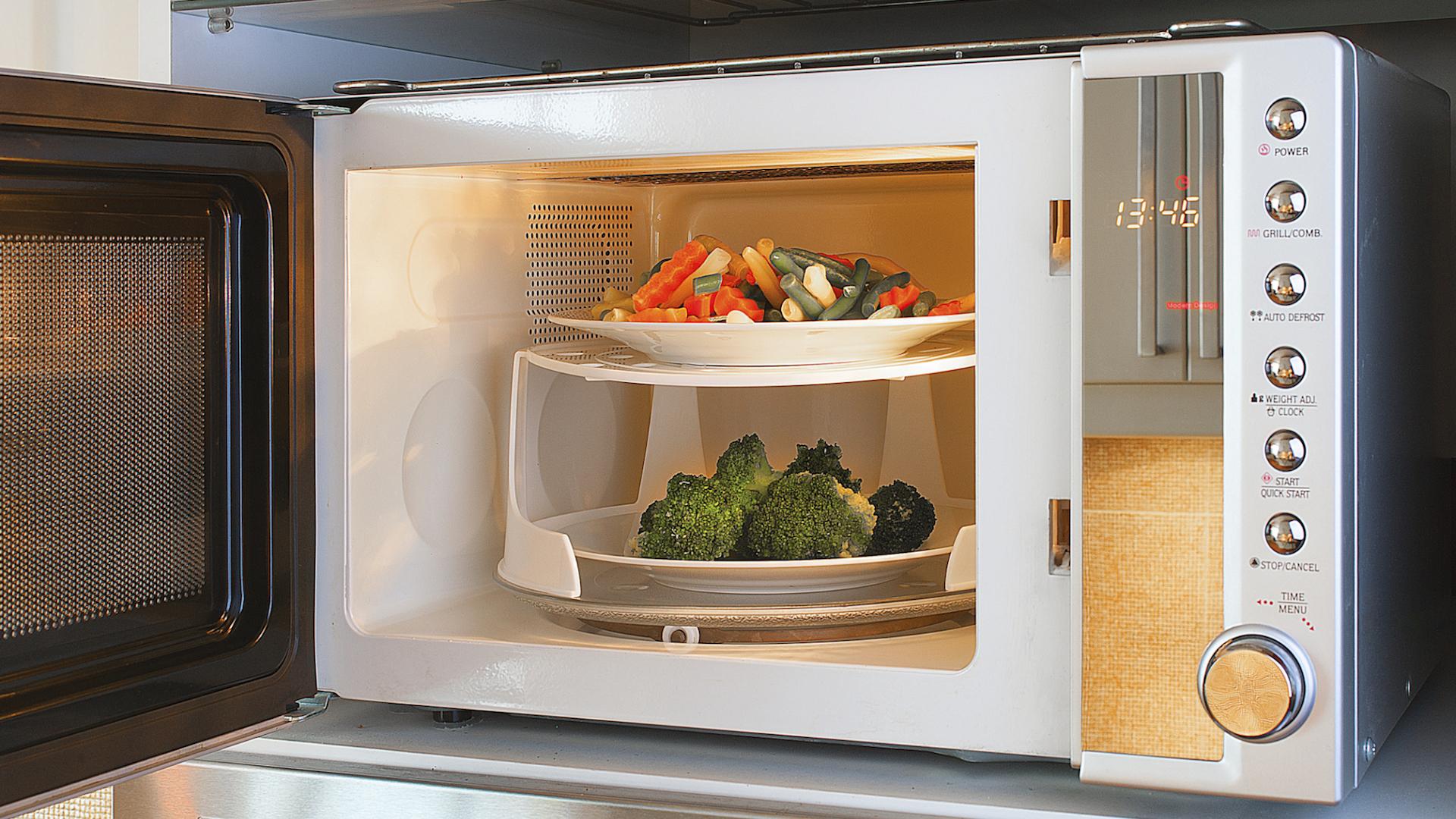
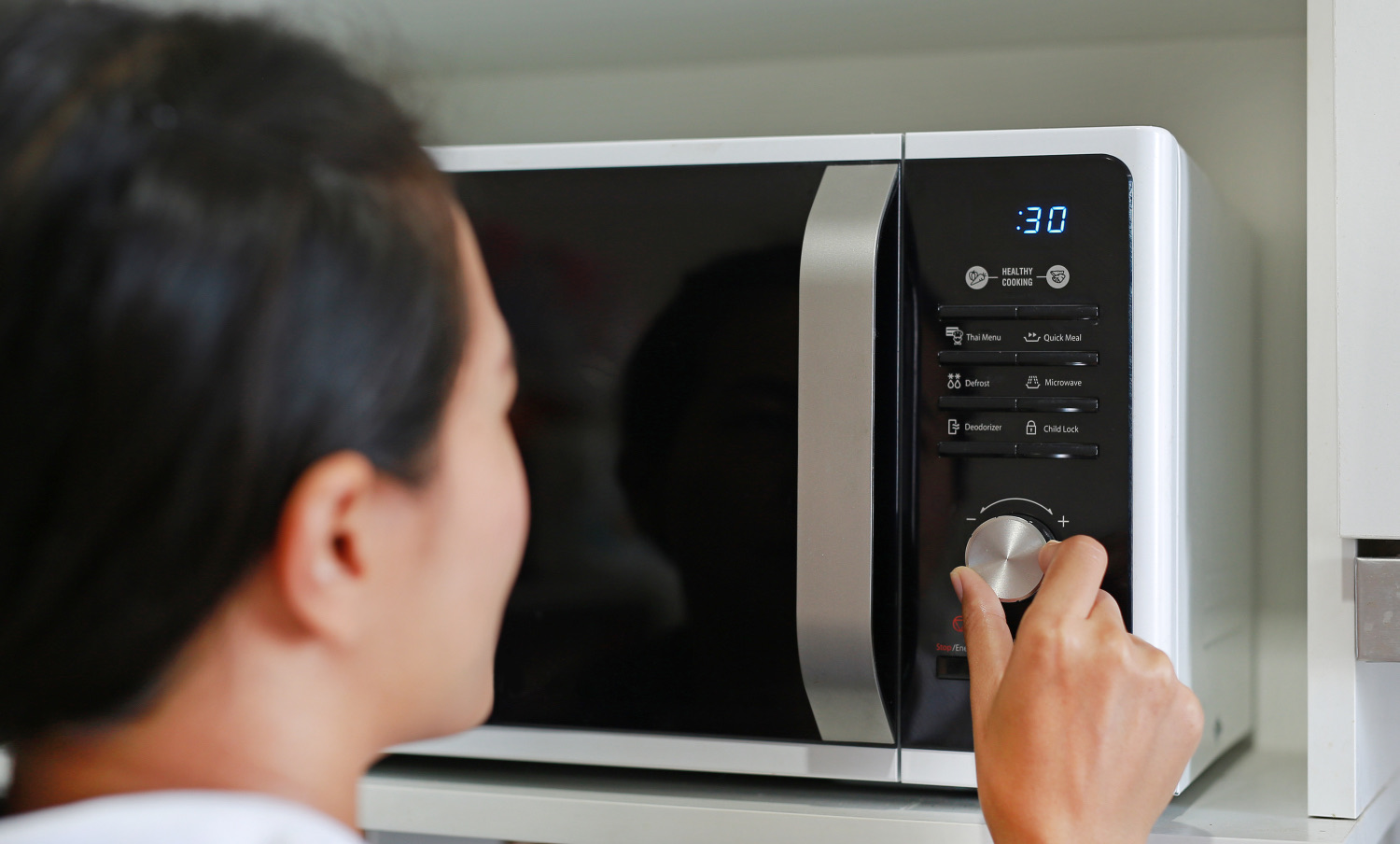
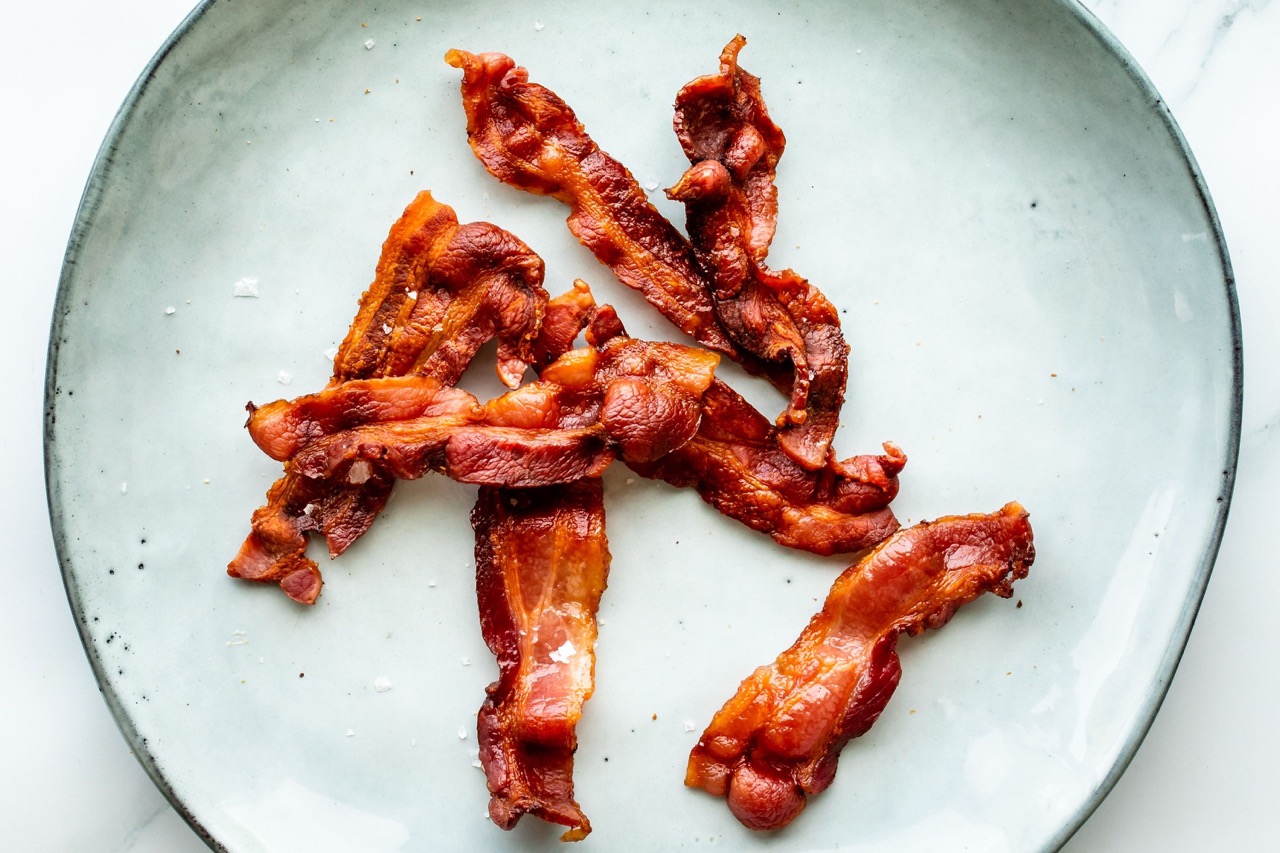
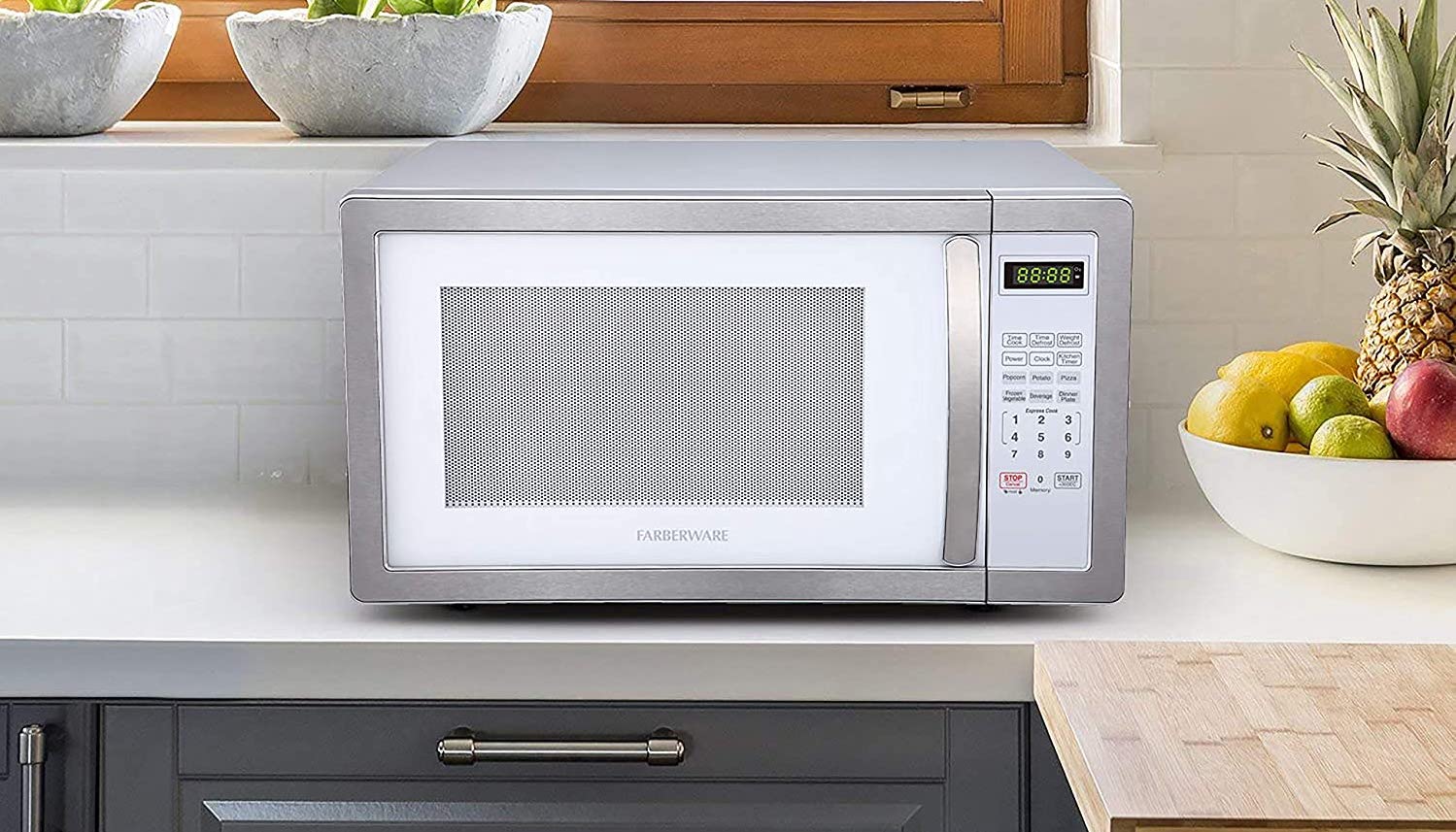
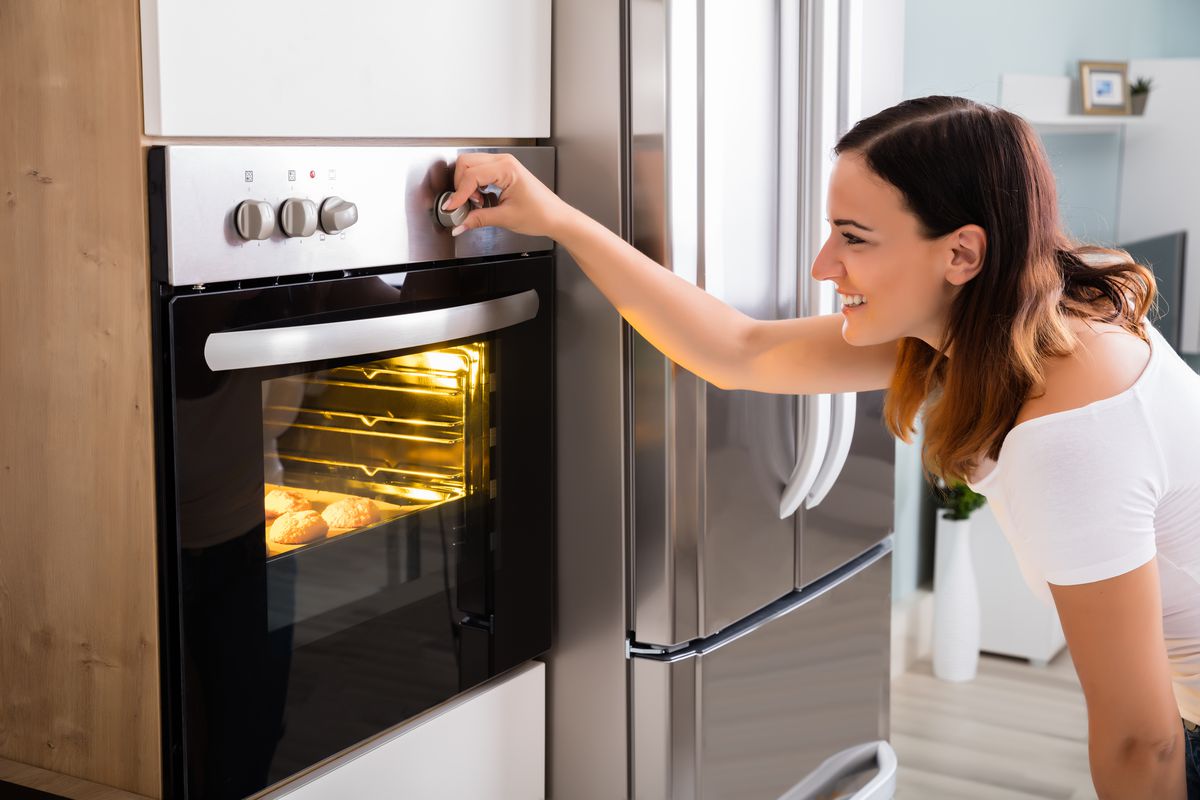
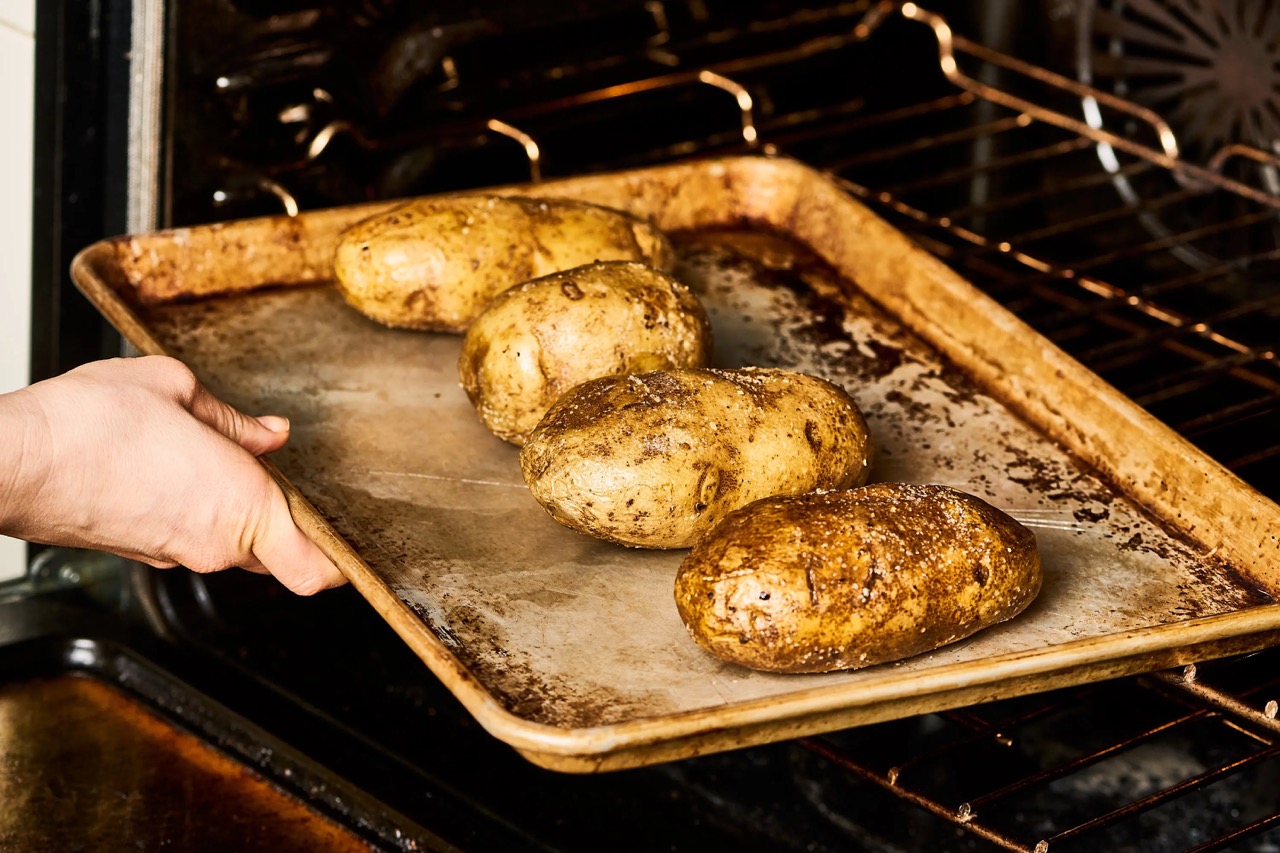
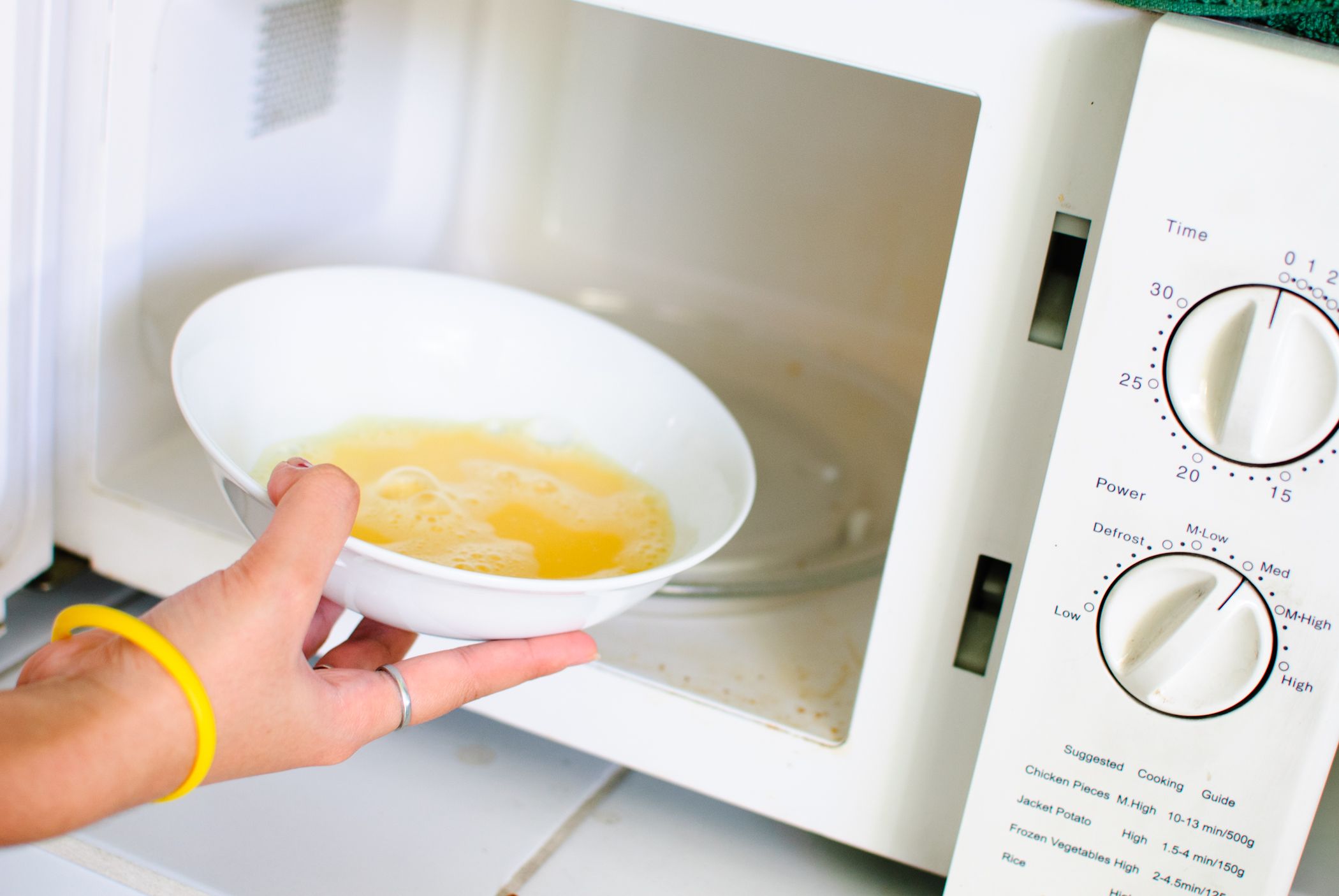
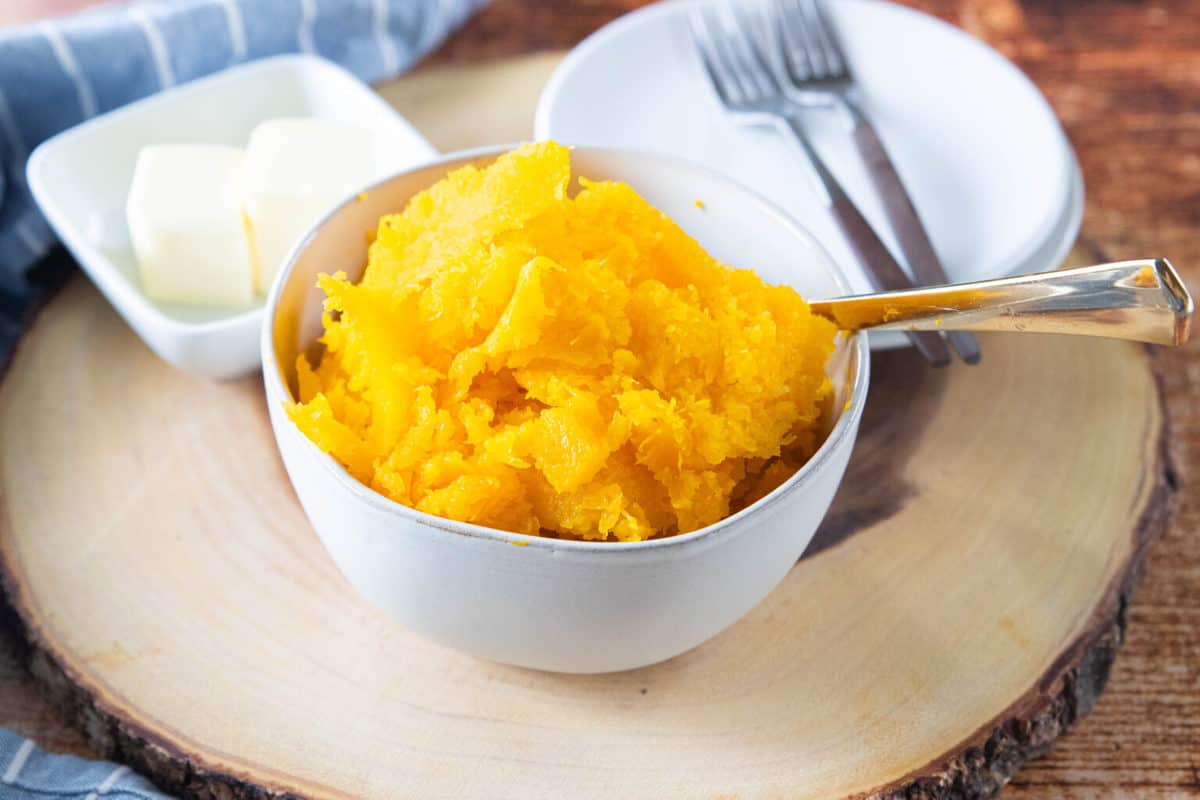
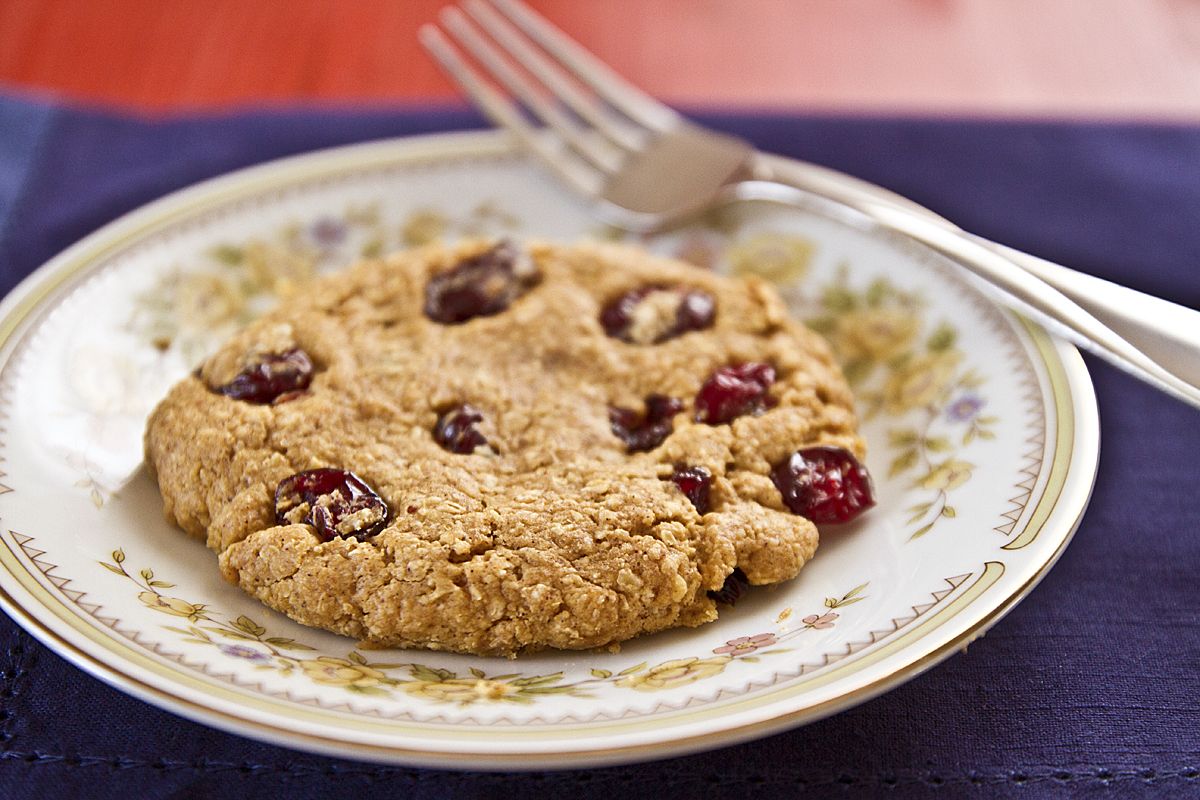
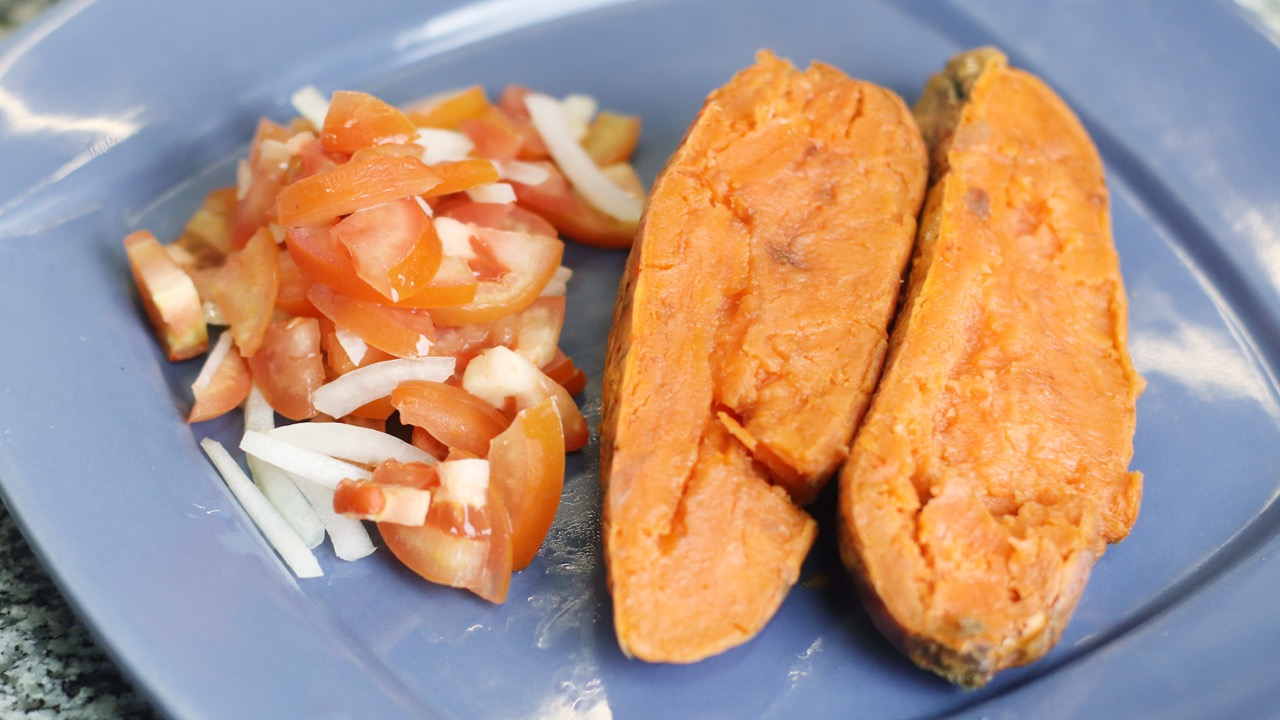
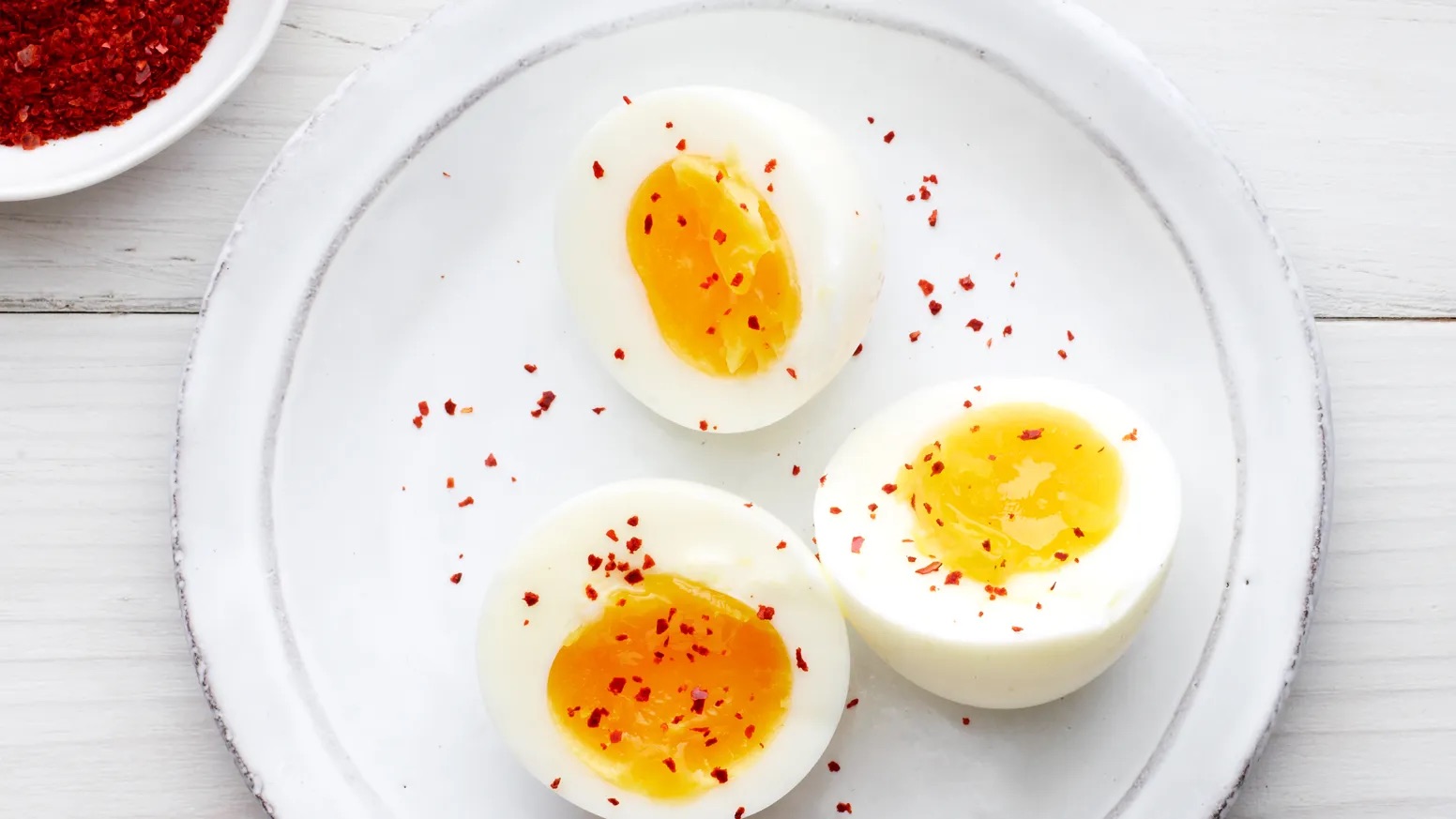
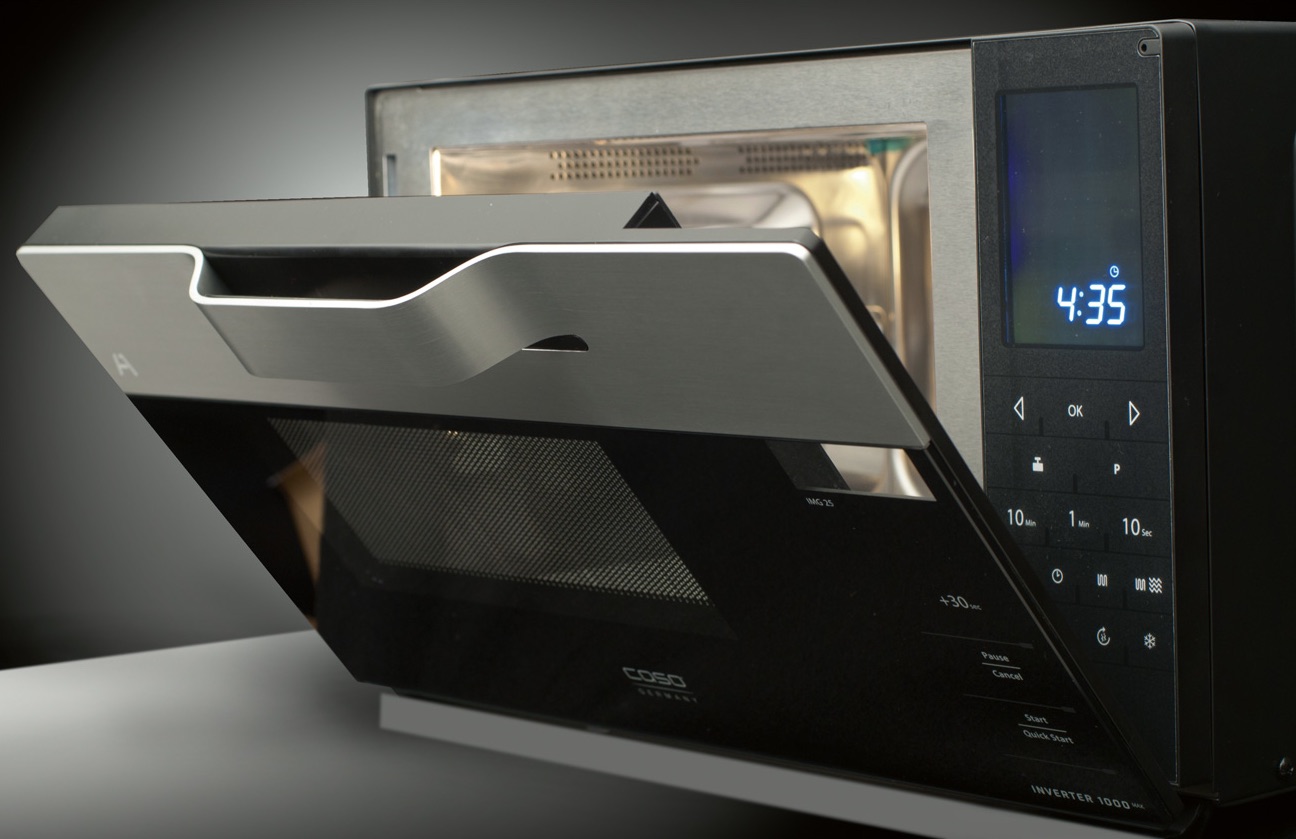
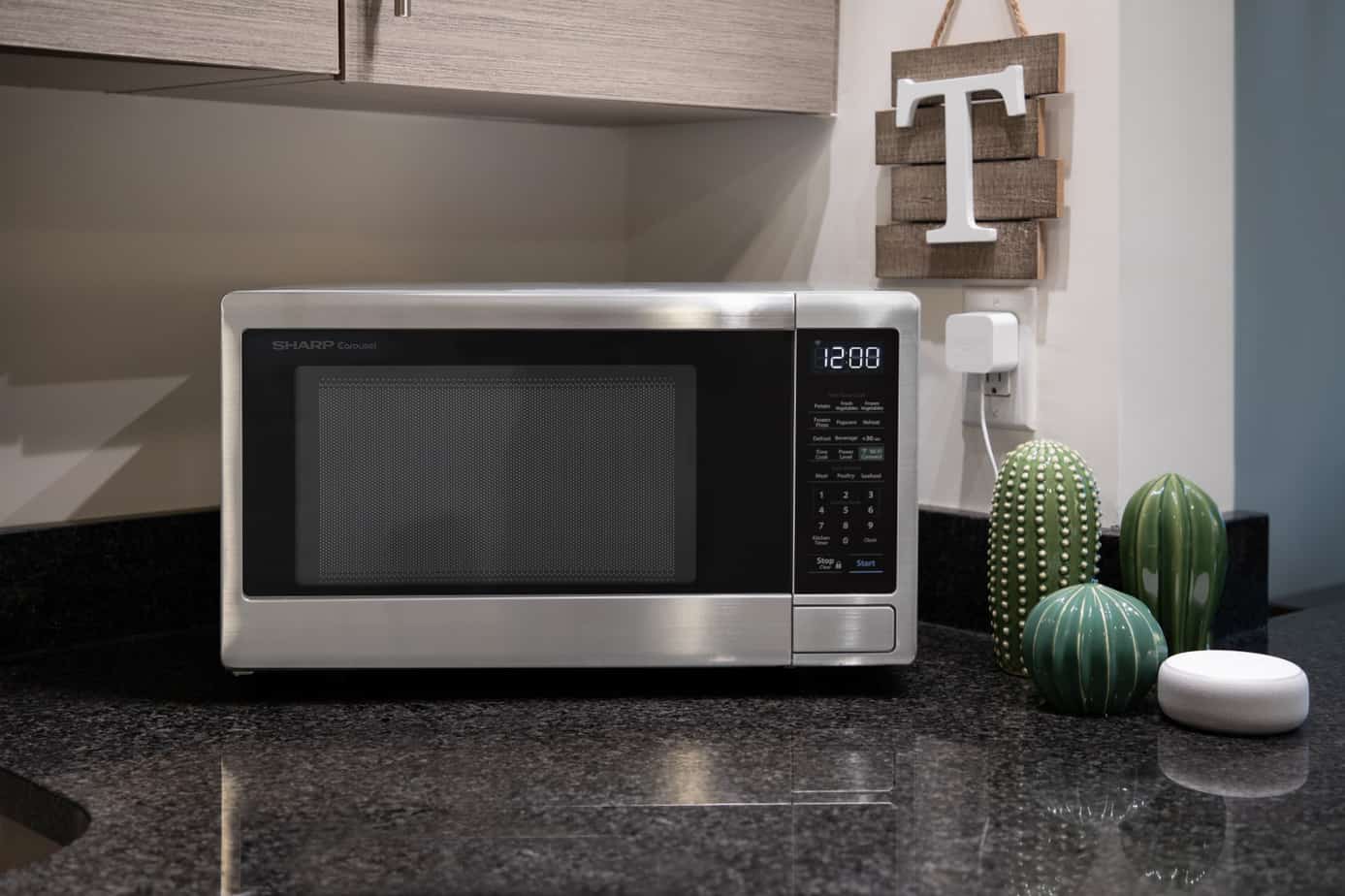


0 thoughts on “Which Cookware Material Reflects Microwaves And Keeps Food From Cooking In A Microwave Oven”